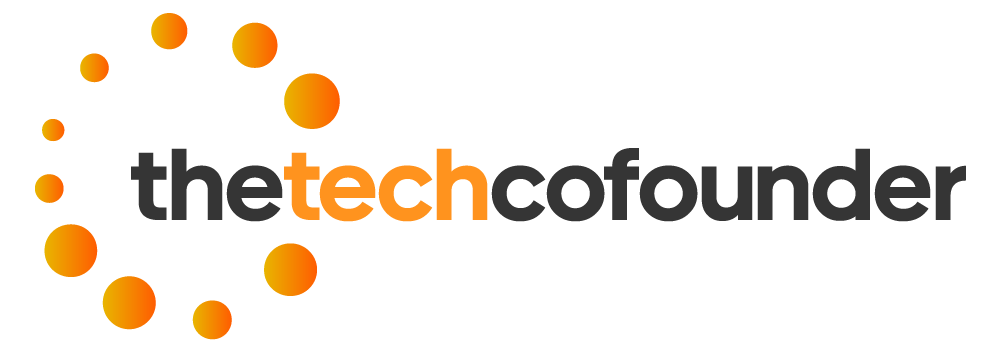Webinars have evolved far beyond their early function as glorified conference calls. They are now a cornerstone of digital strategy for brands aiming to reach broader audiences, build trust, and drive measurable business results. In an era where hybrid work, online events, and global teams are the norm, investing in a reliable and feature-rich webinar platform is not a luxury. It is a necessity.
Whether your organisation is running product demos, internal training, or lead-generation events, the platform you use will determine how effective, engaging, and professional your webinars truly are.
The Business Case for Webinars
Webinars have seen significant growth in adoption across industries, particularly in the B2B sector. According to a 2023 study by Statista, 67% of businesses increased their use of virtual events in the last three years. This shift is driven by cost-efficiency, global accessibility, and the capacity to gather actionable insights.
Unlike static digital ads or pre-recorded content, webinars offer real-time interaction. Attendees can ask questions, participate in polls, and offer feedback on the spot. For businesses, this level of engagement translates into more meaningful connections, higher retention rates, and stronger lead qualification.
What Defines an Effective Webinar Platform?
Choosing the right solution goes beyond picking a video conferencing tool. While many platforms offer the basics, only a select few provide the depth, flexibility, and analytics needed for professional business use.
1. Seamless User Experience
A clean interface for both hosts and attendees is vital. Nobody wants to fumble through confusing menus or suffer connection issues during a live event. Top-tier platforms allow for smooth logins, no required downloads, and mobile-friendly access.
2. Engagement Tools
Polls, Q&A modules, handouts, and live chat features turn passive viewers into active participants. These tools also help the host gauge audience interest and adapt content in real-time.
3. Scalability
From intimate team workshops to product launches with thousands of viewers, your platform should support different audience sizes without a hitch. Cloud-based platforms are particularly strong in this area.
4. Integration with Your Tech Stack
Look for a solution that plugs into your CRM, marketing automation software, and analytics tools. Platforms that can pass webinar data into tools like Salesforce or HubSpot make it easier to track ROI and follow up on leads.
5. Data and Reporting
A powerful platform provides granular insights such as attendance duration, engagement scores, and content drop-off points. These metrics are essential for refining future events and demonstrating ROI.
Finding the Right Fit
No two businesses are the same, and the same goes for webinar platforms. When evaluating your options, start with your goals. Are you looking to generate leads? Train employees? Build brand awareness? These objectives should guide your feature priorities.
One standout option in the current market is ON24, whose webinar platform is designed with enterprise needs in mind. It supports advanced engagement tools, in-depth analytics, and integration with major CRM and marketing systems—all without compromising user experience.
Common Mistakes to Avoid
Even with the right software, businesses can fall into traps that limit the impact of their webinars. Here are a few pitfalls to avoid:
- Lack of preparation: A well-rehearsed script, polished visuals, and smooth transitions make all the difference.
- Overlooking audience interaction: Engaging your audience is not optional—it is what keeps them from clicking away.
- No follow-up strategy: Failing to follow up with attendees and no-shows means missing out on warm leads.
- Underutilising analytics: Many teams neglect the goldmine of data collected during webinars. Use it to inform future campaigns.
Expanding Use Cases Across Departments
Webinars are no longer just a marketing function. They are being used across departments:
- Sales teams host live product demos and use attendee questions to identify objections.
- Human Resources departments deliver onboarding and compliance training.
- Customer Success teams run Q&A sessions, reducing support tickets and improving satisfaction.
- Leadership uses them to deliver strategic updates to remote teams.
A strong webinar programme cuts across silos and aligns the organisation around clear, engaging communication.
Trends in Webinar Technology
The landscape is shifting. As digital maturity grows, so do audience expectations. Here are a few trends to watch:
AI and Personalisation
Artificial intelligence is making webinars smarter. From auto-suggested content based on behaviour to predictive lead scoring, AI enables a more tailored user journey.
Interactive Content Hubs
Forward-thinking companies are building repositories of past webinars, whitepapers, and case studies. These content hubs allow audiences to self-educate and drive pipeline without direct involvement from sales teams.
Virtual and Hybrid Events
With the line between virtual and physical events blurring, platforms are introducing features to support hybrid events. This includes breakout rooms, virtual lobbies, and real-time networking opportunities.
Measuring Success: KPIs That Matter
Running a webinar is not just about hitting “go live.” To determine whether your efforts are working, track the following key performance indicators:
- Attendance rate vs registration rate
- Average viewing time
- Audience engagement (poll participation, chat activity)
- Qualified leads generated
- Follow-up conversions (downloads, demo requests, purchases)
These metrics will help your team refine content, select better timings, and optimise audience targeting for future events.
Final Thoughts
As business communication continues to shift online, the humble webinar has become one of the most powerful tools in a brand’s arsenal. It enables cost-effective, scalable, and highly interactive experiences that support every department from sales to HR.
But success begins with the right foundation. A reliable, flexible, and integrated webinar platform empowers your team to focus less on the tech and more on the message. It helps you not just reach your audience but truly engage them.
By avoiding common pitfalls, staying current with emerging trends, and selecting a platform that aligns with your goals, your business can turn webinars into a strategic advantage that delivers lasting results.







